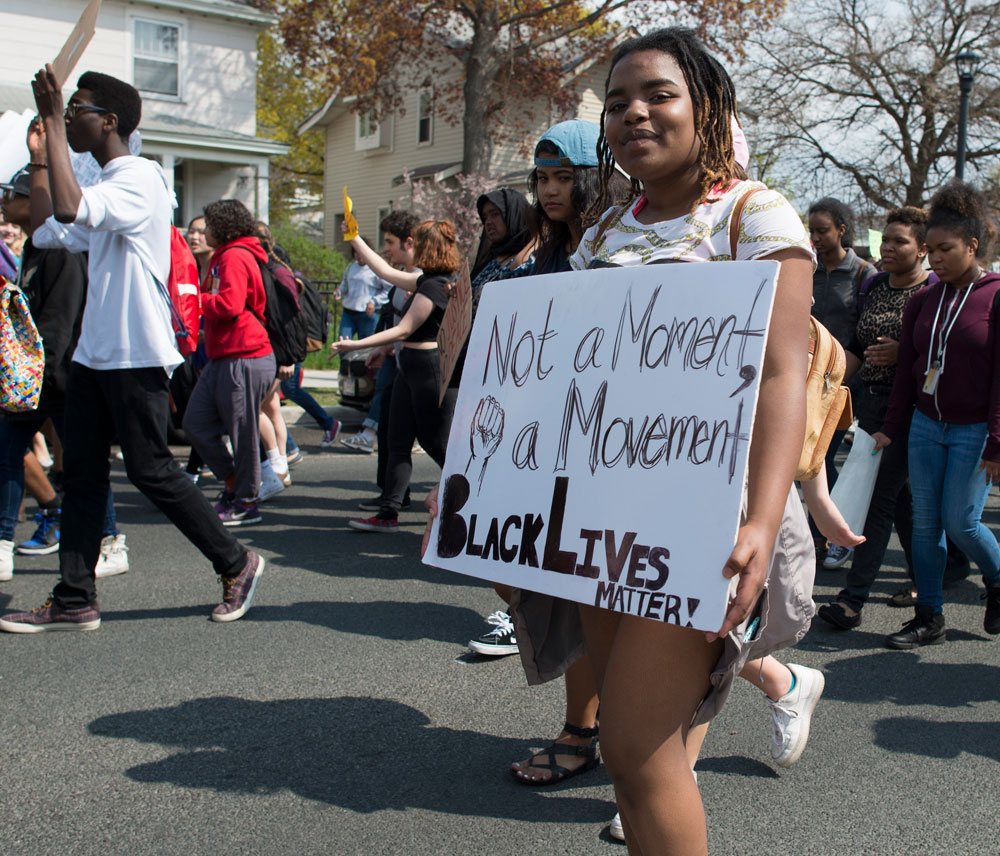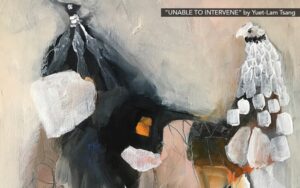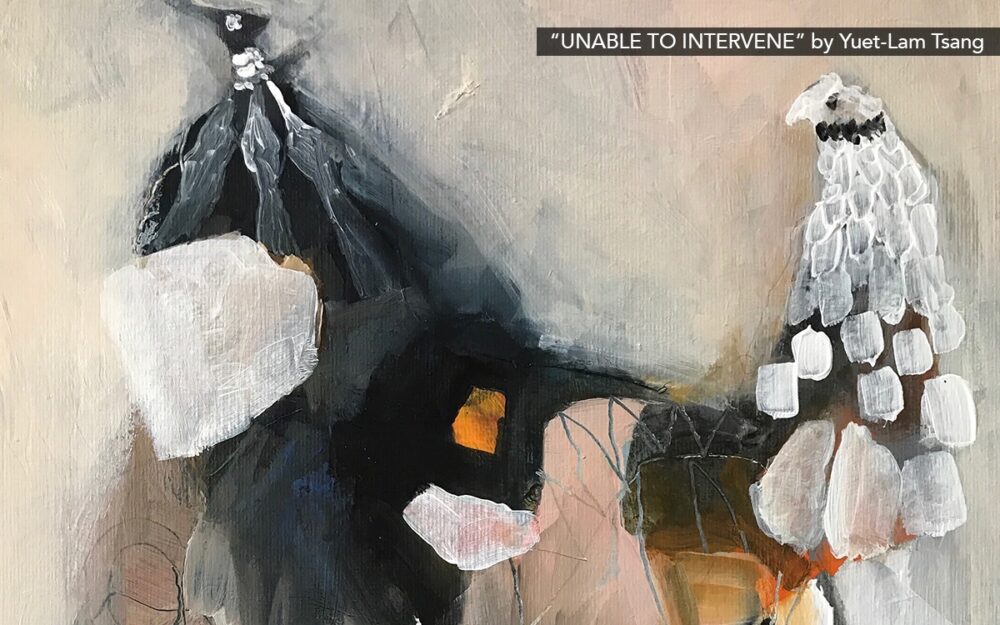
July 6, 2020; The Guardian
“We’ve been waiting for years for people to take action, and we just go from committee to committee and report to report and nothing ends up happening,” said Jael Kerandi, a rising senior and student body president at the University of Minnesota to CNBC’s Make It. “It was important that something was said right away, to make sure that our Black students knew that their lives mattered on our campus and we were taking this seriously.”
Kerandi is one of many university student leaders representing a growing movement of college students pressuring their institutions to dismantle ties with local law enforcement and contend with histories, structures, and policies steeped in racism.
As colleges and universities try to adjust to an environment amidst COVID-19, many now are grappling with rising momentum focused on racial reconciliation within their halls. College campuses domestically and abroad have long been an environment where energy and idealism can spark action in reaction to larger national debates, whether it’s students in Hong Kong engaging in a months-long protest against mainland China or the US Kent State massacre, which passed its 50th anniversary in early May. The protests at Kent State, which resulted in the deaths of four students, arose in opposition to National Guard troops occupying the Ohio campus to quell protests against the Vietnam War. The demands of Kent State protesters echo the calls of current students, focusing on their own institutions disconnecting from local police departments.
The student body’s call for the University of Minnesota to take direct action in reaction to the murder of George Floyd was met by a fast response from President Joan Gabel to “limit collaboration” with Minneapolis PD. A recent Zoom call with organizers and President Gabel focused on minimizing the presence of officers in cultural spaces for students of color; reallocating “$3 million of UMPD’s budget to mental health, trauma support, and cultural groups; creating an accountability council comprised of elected students and community members with power to oversee the department; and removing lethal weapons from officers’ daily uniforms.” Afterwards, organizers’ frustration with the university’s inaction led to a sit-in on the president’s lawn.
Sign up for our free newsletters
Subscribe to NPQ's newsletters to have our top stories delivered directly to your inbox.
By signing up, you agree to our privacy policy and terms of use, and to receive messages from NPQ and our partners.
This is not the first time the Minneapolis Police Department has been a point of contention within the institution. A 2018 Somali Night was met with heavy police presence, involving mace, batons, and aggressive tactics against the 2,500 attendees of a family-oriented event. Reckoning with local police involvement on college campuses has taken many forms, from graduate schools penning open letters, to student mobilization of direct actions, to the creation of nationwide petitions with over 85 graduate student unions calling for their administrations to cut ties with the police.
Ivy League institutions like Yale, which had the country’s first college police department in 1894, and Harvard are seeing mounting pressure to defund, dismantle, and contend with their institutional role in the national discussion of racial inequity. A recent feature in Harvard’s student-run newspaper, the Crimson, highlighted longstanding complaints and lawsuits around racial discrimination over the last two decades. Student organizer Amber Ashely James of the Harvard Prison Divestment Campaign states, “Seeing all these instances persist and the administration time after time failing to respond to them, we’ve passed the point where we’re interested in reform, in sensitivity training for HUPD (Harvard University Police Department) or implicit bias training.”
Many student leaders and organizations, from Utah’s UnsafeU and University of Chicago’s CareNotCops to the University of Pennsylvania’s Police Free Penn, are urging these needs be taken into account outside of “faux insightful conversations,” civility discourse, programming, or panel discussions of the past.
These calls for police abolishment and dismantlement of relations are tied to the effects these policing structures have on Black and brown well-being. The movements have rippled into the institutions’ histories; building names, statues, scholarships, and even mascots are under newfound critical reflection that has been energized by the global movement surrounding George Floyd’s death. Some universities have been moved to act. Princeton University has removed Woodrow Wilson’s name from its public policy school due to his racist thinking and re-segregation efforts during his presidency. (This is a shift from a 2016 decision by trustee members who voted to keep Wilson’s name on the building and programs.) Monmouth University has taken similar action around Wilson’s name, and Hofstra University relocated a statue of Thomas Jefferson to a less prominent place. The University of Pennsylvania recently announced it would remove the statue of George Whitefield, who had owned enslaved people. It is unclear if Penn will do likewise with the names and statues tied to 75 of their earliest trustees, who were reported to have owned enslaved people after a 2018 Penn Slavery Project investigation.
How academic institutions honor the needs of their students, the realities of their past, and meet this moment are still uncertain. Yet, it is abundantly clear that there is a growing generation of student activists who are prepared to demand more of these institutions. On reflecting on the movement ahead, Kerandi comments, “We have to start to reimagine what policing and what safety looks like. What scares people is we have never seen anything different. What scares people is we have no idea what this new system looks like and what might work or what might not work. But what we have right now is no longer acceptable.”—Chris Cannito













